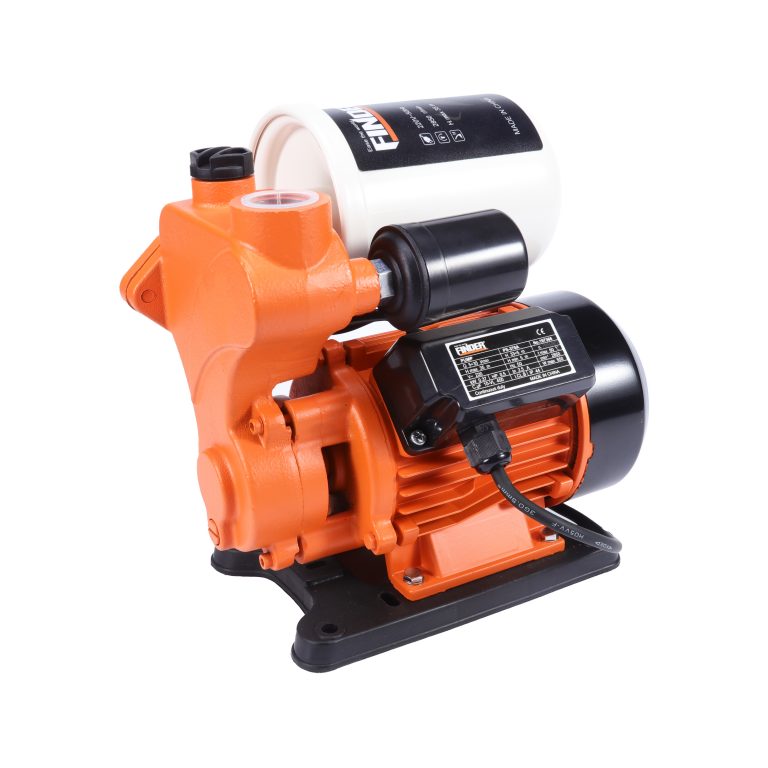Self-Priming Pump Overview
The automatic self-priming pump, also known as a self-priming pump, offers a versatile solution for a wide range of applications. Understanding the working principle of this automatic pump is essential for ensuring its efficient operation. The process of priming the pump and the crucial role played by check valves in self-priming pumps are fundamental components that need to be comprehended for optimal functionality.

Understanding Pump Operation
Priming Process
- The priming process of the automatic self-priming pump is a critical aspect of its operation.
- This process involves the pump evacuating air from the suction pipe and creating a partial vacuum to draw water into the pump casing.
- Understanding how this self-priming action occurs is essential for ensuring the efficient and reliable operation of the pump.
Check Valves Role
- Check valves play an integral role in the functionality of self-priming pumps.
- These valves are crucial in maintaining prime by preventing water from flowing back out of the pump once it has been primed.
- Additionally, they prevent backflow, ensuring that water moves only in the intended direction through the pump system.
In summary: The priming process and the role of check valves are essential components in understanding how automatic self-priming pumps operate effectively.
Diverse Pump Applications
Industrial Applications
- The automatic self-priming pump finds extensive use in industrial settings due to its efficient and reliable operation.
- It is a crucial component in applications such as wastewater treatment, where the ability to handle solids and debris makes it highly effective.
- Additionally, in chemical processing plants, the self-priming pump’s capability to handle various chemicals and corrosive fluids is invaluable for maintaining smooth operations.
Agricultural Applications
- In the agricultural sector, self-priming pumps play a vital role in irrigation and water transfer processes.
- Their versatility allows them to be utilized for diverse agricultural applications, from watering crops to transferring water between different locations on a farm.
- The automatic self-priming pump’s ability to handle varying levels of debris and solids makes it well-suited for agricultural use, ensuring continuous and efficient water transfer.
In summary: The automatic self-priming pump serves as an indispensable solution in both industrial and agricultural applications, providing efficient fluid handling capabilities across diverse sectors.
Role of Check Valves
Check valves are essential components in the operation of self-priming pumps, playing a crucial role in maintaining prime and preventing backflow.
Preventing Backflow
One of the key functions of check valves in self-priming pumps is to prevent backflow. These valves ensure that once the pump has been primed and fluid is moving through the system, it does not flow back in the opposite direction. This prevents any disruption to the pumping process and maintains the efficiency of fluid transfer.
Maintaining Prime
In addition to preventing backflow, check valves also contribute to maintaining prime in self-priming pumps. By sealing off the discharge outlet when the pump is not in operation, check valves help to retain the prime, ensuring that the pump remains ready for use at all times. This function enhances the reliability and seamless operation of automatic self-priming pumps across various applications.
Design Impact on Performance
Efficiency
The design of the automatic self-priming pump plays a pivotal role in determining its efficiency. An efficiently designed pump ensures optimal performance across various applications. By incorporating features that minimize energy consumption and maximize fluid transfer capabilities, these pumps contribute to cost-effective and sustainable operations. The seamless integration of advanced technology in the design further enhances the overall efficiency, making automatic pumps a reliable choice for industrial and agricultural applications.
Versatility
The design of self-priming pumps significantly contributes to their versatility across different industries. Their versatile design features make them suitable for a wide range of applications, from handling wastewater in industrial settings to facilitating irrigation processes in agriculture. The ability to adapt to diverse fluid handling requirements underscores the importance of the versatile design of automatic self-priming pumps, making them indispensable assets in various sectors.
Automatic Self-Priming Pump Overview
In exploring the automatic self-priming pump, we have uncovered its intricate working principles and its pivotal role in various industries. This comprehensive understanding equips readers with the knowledge of how this automatic pump operates efficiently. The significance of its design and diverse applications has been underscored, highlighting its relevance in industrial and agricultural settings.
